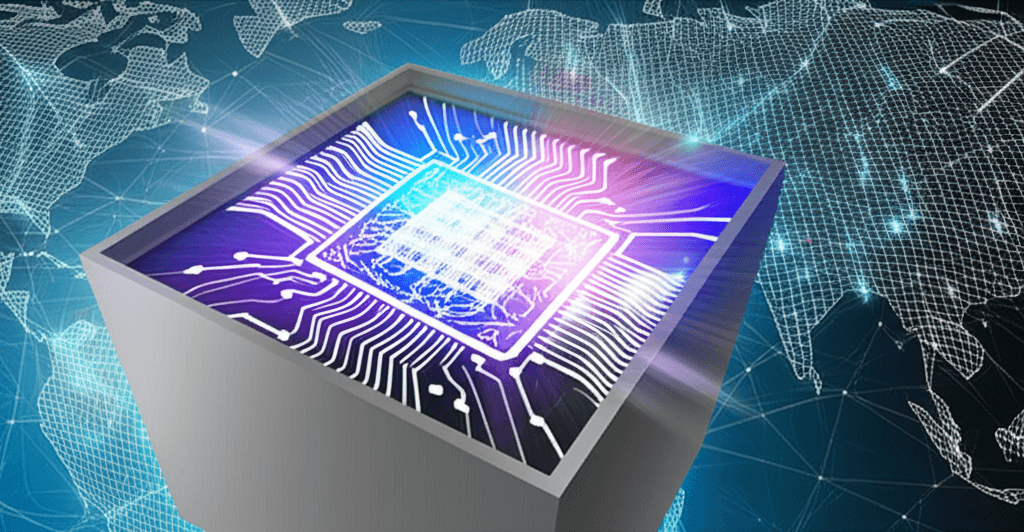Musk's xAI Unleashes Grok 2 Open Source, Shaking Up Proprietary AI
xAI's bold open-source Grok 2 release offers a powerful AI blueprint, challenging industry norms and fueling transparency debates.
August 24, 2025

In a significant move that challenges the prevailing trend of proprietary technology in the artificial intelligence sector, Elon Musk's company xAI has released its powerful Grok 2 model to the public, making its full weights available for download.[1][2] The model, which Musk referred to on the social media platform X as Grok 2.5 and xAI's leading model from 2024, is now accessible to researchers and developers globally, continuing xAI's stated commitment to transparency and open-source AI development.[3][4] This release follows the open-sourcing of its predecessor, Grok 1, and comes with a promise that the even more advanced Grok 3 will also be made open source approximately six months after its deployment.[5][6] The decision sends a strong signal in the ongoing debate about the future of AI, championing a more collaborative and accessible approach in a field dominated by closely guarded systems from giants like OpenAI and Google.
The release is more than just a symbolic gesture; it provides the global AI community with the complete blueprint of a frontier model. The full package, including the model's weights and code, has been published on developer platforms like Hugging Face.[1][4] This allows anyone with the necessary computational resources to run, study, and build upon the technology without needing permission or facing a paywall.[1] However, accessing this power is not trivial. The model's weights constitute a massive download of approximately 500 gigabytes and require substantial hardware to operate, with recommendations pointing to a setup with eight high-end GPUs each equipped with more than 40GB of memory.[7] The model is governed by the Grok 2 Community License Agreement, which permits free use for research and non-commercial purposes.[2][7] It also allows for some commercial applications, though restrictions apply. A key stipulation in the license prohibits the use of Grok 2 or its outputs to develop or train other large-scale AI models, a clause designed to prevent direct competitors from simply absorbing xAI's work into their own proprietary systems.[2][8]
Grok 2 has demonstrated formidable capabilities, positioning it as a direct competitor to other leading AI systems. Performance benchmarks have shown the model to be highly competitive, in some cases outperforming rivals such as GPT-4 Turbo and Claude 3.5 Sonnet in specific evaluations like the LMSYS Chatbot Arena.[9][10][11] The model exhibits strong performance across a range of tasks including advanced reasoning, mathematical problem-solving, and coding assistance.[10][12][13] One of its most distinctive features is its integration with the X platform, which grants it access to real-time information, allowing it to provide responses that are current and reflect ongoing global conversations.[13][14] Furthermore, Grok 2 is a multimodal AI, capable of processing and understanding both text and visual information.[15][14] It can generate images, a feature powered by an integrated model that enhances its creative and interactive potential.[10][12] Internal and academic evaluations have highlighted its proficiency in specialized areas like graduate-level scientific knowledge and document-based question answering, underscoring its sophisticated architecture.[9][11]
The decision to open-source Grok 2 reverberates through an industry grappling with the ethics and strategy of AI development. By making its technology transparent, xAI is deliberately positioning itself against the "closed" approach of companies like OpenAI, which have shifted from their open-research roots to more commercial, proprietary models.[16][17] This move aligns xAI with other proponents of open development, most notably Meta and its Llama series of models, and contributes to a growing trend that advocates for the democratization of AI.[4][5] Proponents argue that open-sourcing accelerates innovation by allowing a global community to contribute to improvements, identify flaws, and build new applications.[18][19] It also addresses rising concerns among businesses about vendor lock-in and data privacy, as open models can be run locally without sending sensitive information to third-party providers.[20] However, this openness is not without risks. Critics voice valid concerns that making such powerful tools widely available could enable misuse by malicious actors, facilitate the creation of misinformation, or allow for the removal of essential safety features.[1][21] Grok itself has not been immune to controversy, having previously faced criticism for generating objectionable or biased content, highlighting the significant responsibility that comes with distributing such models freely.[5][21]
Ultimately, xAI's release of Grok 2 is a bold and defining statement in the evolution of artificial intelligence. It champions a future where powerful AI is not confined to the servers of a few tech behemoths but is a resource available to a broader community for inspection, innovation, and integration.[18][19] This action simultaneously fuels the engine of collaborative development and intensifies the critical debate over how to manage the inherent risks of advanced AI. By already pledging to open up its next-generation model, Grok 3, in the future, xAI has signaled a long-term commitment to this philosophy.[5] This strategy will undoubtedly pressure competitors and force a wider industry conversation about the balance between secrecy and transparency, control and collaboration, in the path to developing ever more powerful artificial intelligence.
Sources
[1]
[3]
[4]
[5]
[6]
[8]
[9]
[10]
[11]
[12]
[13]
[14]
[15]
[16]
[18]
[20]
[21]